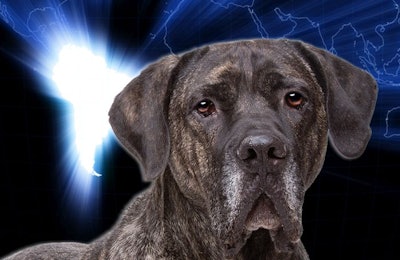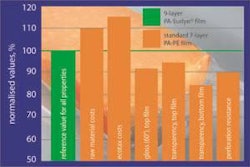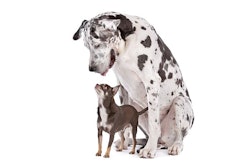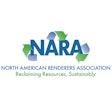
In Brazil, Civil Police of Minas Gerais are investigating nine dogs’ deaths following their consumption of Bassar Pet Food brand snacks. Brazilian authorities believe Bassar’s products may contain toxic ethylene glycol. The company believes the contaminant originated with an ingredient supplier, Tecno Clean. Bassar Pet Food’s factory is located in Guarulhos.
I want my free, daily news update from Petfood Industry.
“Propylene glycol is a permitted additive for both animal and human food,” representatives of Brazil’s Ministério da Agricultura, Pecuária e Abastecimento (Ministry of Agriculture, Livestock and Supply) (MAPA), wrote in a press release. “In this case, the cause under investigation is a contamination of the propylene glycol by monoethylene glycol. The cause is being investigated… Manufacturers of animal feed products registered on the MAPA must also identify the products manufactured using these raw materials and, if found, must collect them from the wholesale and retail trade.”
Dog deaths in Brazil after eating pet products
Six dog deaths occurred in Belo Horizonte, one in Piumhi and two in São Paulo. On September 2, Brazil’s Ministério da Agricultura, Pecuária e Abastecimento (Ministry of Agriculture, Livestock and Supply) (MAPA) shut down production at the pet food factory of Bassar Indústria e Comércio Ltda, producer of Bassar Pet Food. MAPA mandated the national recall of all batches of pet food and treat products from Bassar manufactured since July 2. The first products identified by the MAPA investigation were Every Day liver flavor (lot 3554) and Dental Care (lot 3467). MAPA sent Bassar Pet Food samples to the Federal Agricultural Defense Laboratories of the Ministry for analysis.
Propylene glycol: When, where and how should it be used
In his Petfood Industry Ingredient Issues column, Greg Aldrich, PhD, professor and pet food program coordinator at Kansas State University, wrote:
Propylene glycol is a polyol (i.e., polyalcohol) that also identified as 1,2-propanediol (IUPAC) by some references. It is a clear, colorless, near odorless viscous liquid which is lightly sweet to the taste, soluble in water, acetone and chloroform, and most importantly hygroscopic. In other words, it binds water from the atmosphere. Propylene glycol was first produced in 1859 by Wurtz and was first commercialized in 1931. In the 1930’s, DuPont produced propylene glycol as a co-product from the hydrogenation of coconut oil where it was first used as a substitute for glycerol in pharmaceutical applications.
Today it has a wide range of uses, some industrial and some consumable, ranging from solvent to stabilizer, preservative, energy source, humectant, dust control, wetting agent and freeze point modifier. In consumer products, PG is widely used in cosmetics and personal toiletry items like shaving cream and shampoos, it helps carry various flavors and is a common solvent used to deliver pharmaceuticals.
While it has natural origins, today the production of PG starts with propylene oxide, a petroleum derivative. The propylene oxide is non-catalytically oxidized and then refined via distillation into a virtually pure (99%) product. The ingredient is sold as “technical grade” or as USP grade, the latter of which is most commonly used in petfood production. Propylene glycol (C3H8O2) is a relatively simple molecule with some tremendous flexibility resulting from the placement of the hydroxyl (-OH) groups on its 3 carbon backbone. It can be described as a di-functional alcohol with a primary and secondary hydroxyl group.
The secondary hydroxyl group is what separates it from ethylene glycol (which has two primary hydroxyl groups). This is where some real confusion comes into the picture. Consumers often mistake the anti-freeze they use in their cars (ethylene glycol) with propylene glycol. True, they have some similarities; however, the placement of that one hydroxyl group makes all the difference.
To further the confusion, PG can be used as an antifreeze and coolant, even a deicer for airplanes. However, propylene glycol is one of the few glycols that are considered safe for consumption by humans and certain animals. It is safe at levels well above what you would ever want to use in a product.
Humectants are a key component in many foods. They help control the water activity (target is less than 0.65) and thereby spoilage in intermediate moisture or semi-moist foods. These compounds are often included at levels of 10%-18% in semi-moist pet foods (Rokey, 2003) where they are often added along with water and flour into the pre-conditioner to assure uniform distribution and a good mix of all the constituents.














